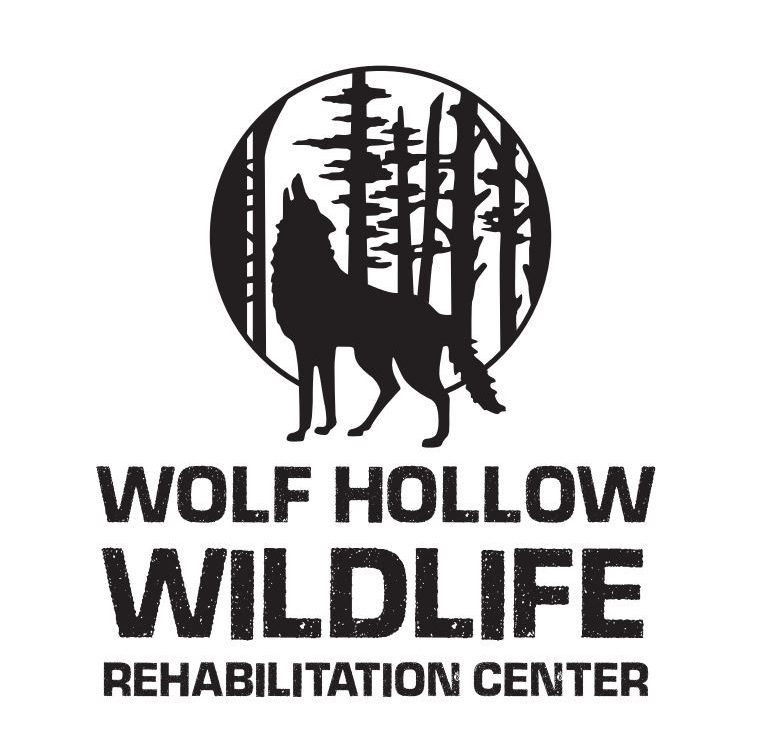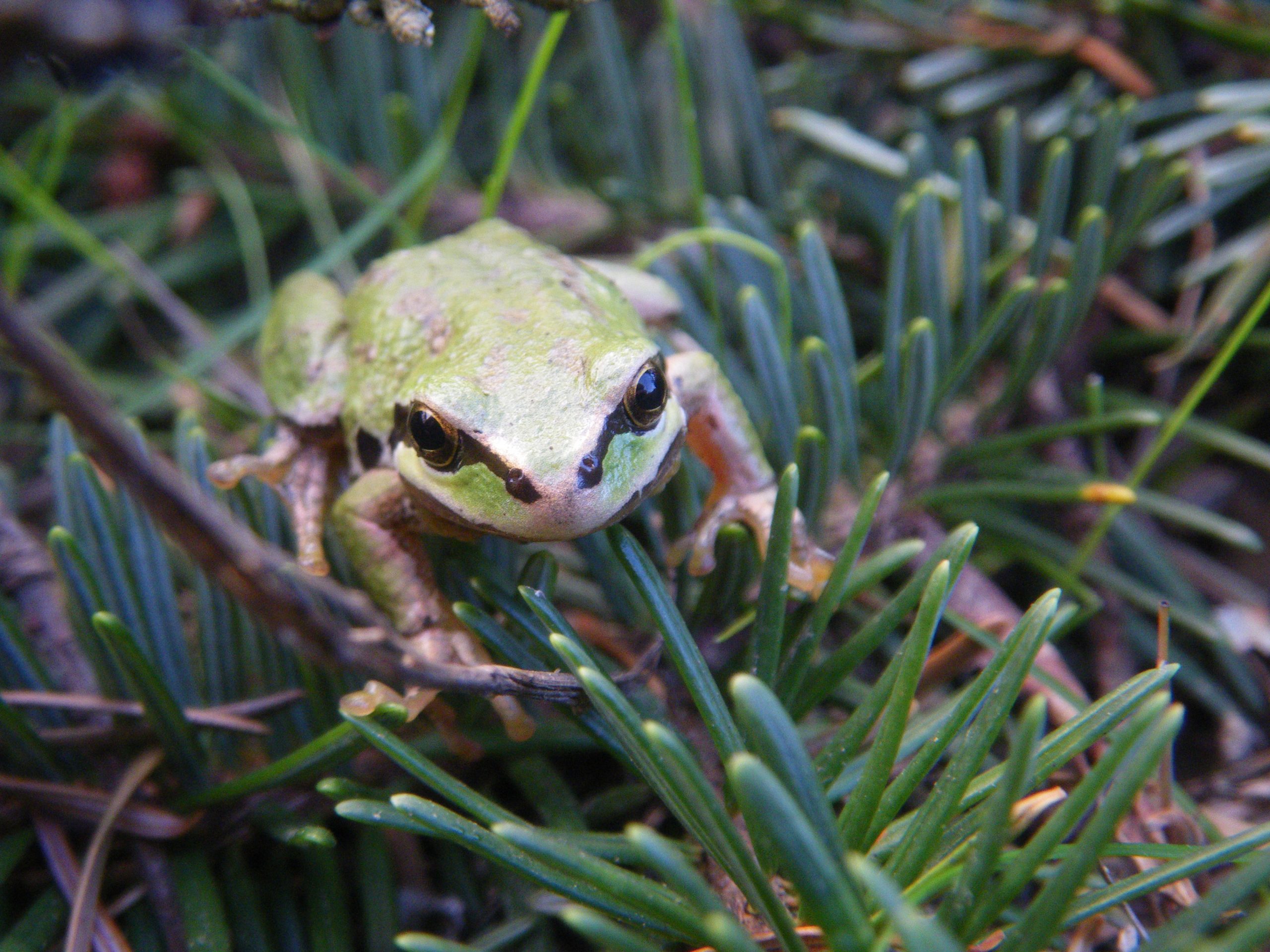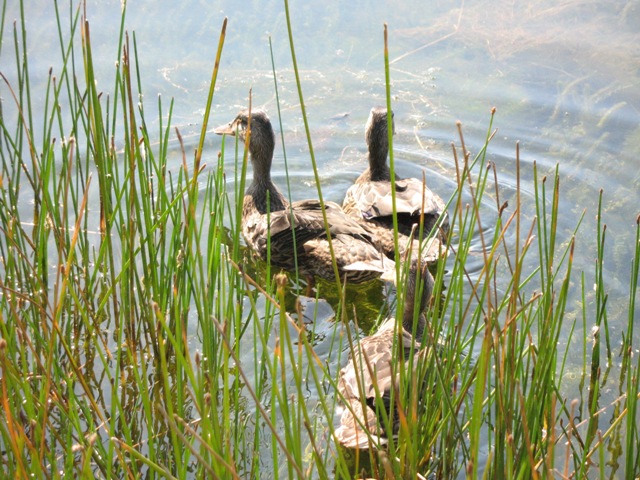Human Impacts on Wildlife
As the human population has expanded, wildlife has been forced to coexist with people. Humans have created many hazards that wild animals have to deal with on a daily basis, such as roads, cars, boats, buildings, power lines, fences, litter, oil, netting, etc.
Human activities can lead to wild animals being injured or killed and youngsters becoming orphaned or separated from their parents.
Better Wildlife Watching
Slow and Quiet – Move slowly and quietly. If you move quickly and make lots of noise, most wild animals will be gone long before you even realize they are around.
Listen and Look – Use your ears as well as your eyes. Often the first clue that a wild animal is around is a sound; a few cheeps from the branches above your head, or a rustle in the bushes.
Dawn and Dusk – Try watching wildlife at different times of the day. Many animals are most active at dawn, dusk or during the night.
Sit and Watch – Often the best way to watch wildlife is to choose a spot, sit quietly, and look around. It is more rewarding to watch animals acting naturally, unaware that you are there.
Not Too Close – Don’t be tempted to move closer and closer to get a better look. Use binoculars and watch from a reasonable distance so that you are not disturbing the animals.


